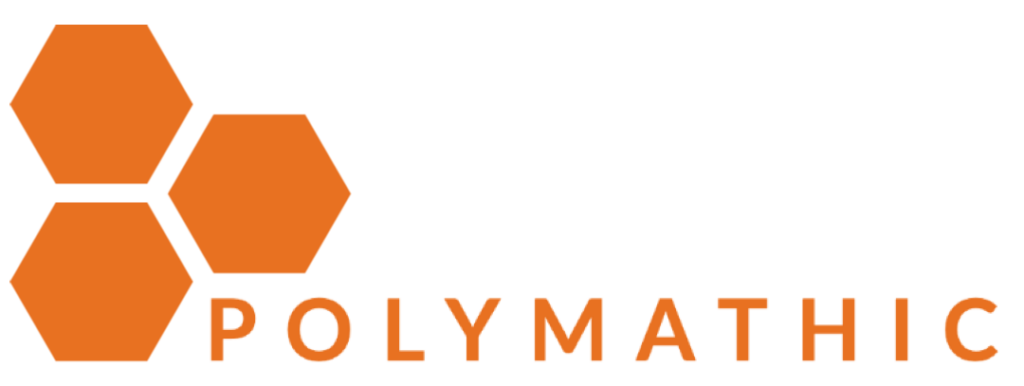The 90% of Education We’ve Never Tried
the 90% of education we’ve never tried
For decades, we've been operating with just 10% of education's true potential—not by choice, but by constraint. This might sound like a provocative statement, but it’s also a hard truth. Our educational systems were designed in an era bound by limitations that we’ve accepted as unchangeable. In my career leading technical transformations, I've seen firsthand how these constraints have shackled potential. Teams have struggled, not because they lack curiosity or capability, but because the traditional learning methods have imposed severe restrictions on access and growth.
Imagine if we could break free from these industrial-era shackles. Consider this: the typical one-teacher-to-thirty-students ratio isn’t about pedagogy—it’s economics. The lengthy curriculum development cycles and the high cost of personalized learning are remnants of an era when content creation was expensive and time-consuming. These barriers have fundamentally shaped our approaches to education and skill development, pushing us to teach to the average because that's what we could afford.
Enter AI, a disruptive force that’s rewriting the rules. AI allows us to unlock the remaining 90% of education’s potential by eliminating the constraints we once thought were immovable. With AI, we’re on the brink of a transformation that will redefine learning, not just in terms of efficiency, but in terms of possibility.
breaking free from industrial-era limitations
Let’s start by examining the core constraints that have dominated our educational systems. First, the scale limits: we’ve long accepted the one-teacher-to-many-students model as standard. Then there are the time barriers—developing a curriculum takes months or even years, and personalization has always been a costly luxury. These aren’t just minor challenges; they’ve fundamentally shaped what we believe is possible in learning.
But AI changes the game. It breaks these constraints wide open, allowing us to reimagine education. Instead of settling for average, we can offer personalized, adaptive learning experiences at scale. This is not just a technological shift; it’s a paradigm shift.
the three waves of AI-enabled learning transformation
The first wave of AI-enabled learning transformation is breaking the personalization barrier. AI tutors can provide unlimited 1:1 learning opportunities. I’ve witnessed this firsthand with a junior developer on my team. Previously, he would wait days for a mentor's feedback. With the introduction of an AI pair programmer, his learning interactions increased tenfold overnight. This kind of scalable personalization can become the norm, not the exception, dramatically boosting productivity and skill acquisition.
The second wave involves accelerating content creation and adaptation. Traditional curriculum development is laborious and resource-intensive. AI, however, can reduce training development time by 85%, not by cutting corners, but by enabling real-time content evolution. This creates a continuous learning loop, where content evolves with the business, enhancing organizational agility and skill development speed.
The third wave unlocks new learning paradigms. AI goes beyond efficiency, enabling entirely new approaches to skill development. We’re entering the era of micro-learning moments—instant, contextual guidance available whenever needed. These moments accumulate over time, fostering a level of skill fluency that traditional methods can’t match. AI-enabled environments will simulate complex scenarios and build adaptive learning pathways, offering strategic advantages to early adopters.
reimagining organizational learning strategy
Given these advancements, organizations must rethink their learning strategies. The first step is auditing current learning constraints to identify areas ripe for AI-enhanced learning pilots. I recommend conducting a 90% potential assessment to uncover hidden learning opportunities.
Immediate actions for leaders include identifying high-impact areas for AI pilots and integrating AI into learning infrastructure. It’s crucial to balance human and AI elements, ensuring that AI amplifies rather than replaces human expertise. Change management will be essential—adoption will require champions, clear use cases, and tangible wins. Organizations should also develop ROI frameworks that focus on outcomes like skill fluency and productivity gains.
looking ahead: the learning revolution
This transformation is inevitable. Organizations that embrace it will gain significant competitive advantages. In 5 to 10 years, learning will be continuous and embedded directly into workflows, evolving into adaptive skill ecosystems. If you want to be ready, start experimenting now. Build AI literacy across your organization and challenge your team to rethink assumptions.
My call to leaders is simple: stop optimizing the 10% you already have. Go after the 90% of learning potential that’s been locked away for a century. The future belongs to those who recognize this moment as a fundamental shift in human learning potential. AI isn’t just a tool—it’s the catalyst that will enable us to break free from inherited limits. The organizations that thrive will be those that step into this expanded potential now.
In conclusion, AI offers us the chance to redefine education. It’s time to challenge the status quo and explore the vast potential waiting to be unlocked. The journey won’t be easy, but the rewards will be transformative. Embrace the change, lead the charge, and let’s break free from the constraints of the past to shape the future of learning.
